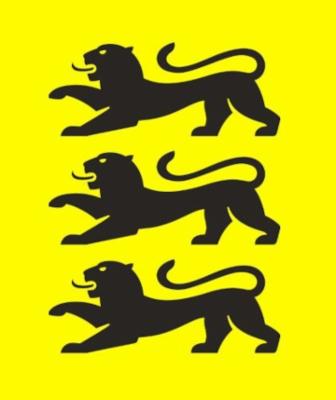What is the reverse charge procedure?
This refers to the reverse charge mechanism, which is regulated in Section 13b of the German Value Added Tax Act (UStG).
The person liable for VAT is normally the entrepreneur who carries out the transaction. In certain cases, however, the tax liability shifts from the entrepreneur carrying out the transaction to the recipient of the service. This is known as the "reverse charge" or "reverse charge procedure". A transfer of the tax liability only takes place in the business sector, i.e. i.e. when services are provided by one entrepreneur to another entrepreneur (so-called B2B sector, English for "business-to-business"). A further prerequisite is that the service in question is subject to VAT in Germany.
The scope of application of the reverse charge mechanism includes the circumstances specified in Section 13b (1) and (2) UStG.
Examples:
- Domestically taxable supplies of work or other services carried out by an entrepreneur based abroad;
- Purchase of construction services. These are supplies of work and other services that serve to construct, repair, modify or remove buildings. The prerequisite is that the recipient of the service itself provides construction services on a sustainable basis;
- Cleaning of buildings and parts of buildings, if the service recipient itself provides building cleaning services on a sustainable basis
- Supplies of precious metals such as gold, silver and platinum;
- Supplies of certain scrap metals;
- Supplies of mobile telephones, tablet computers, games consoles and integrated circuits.
